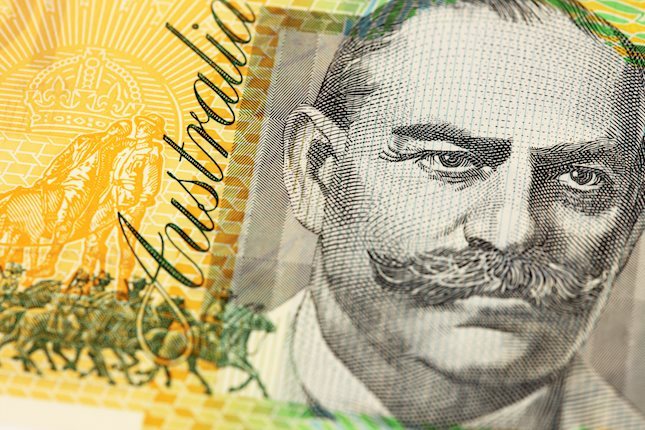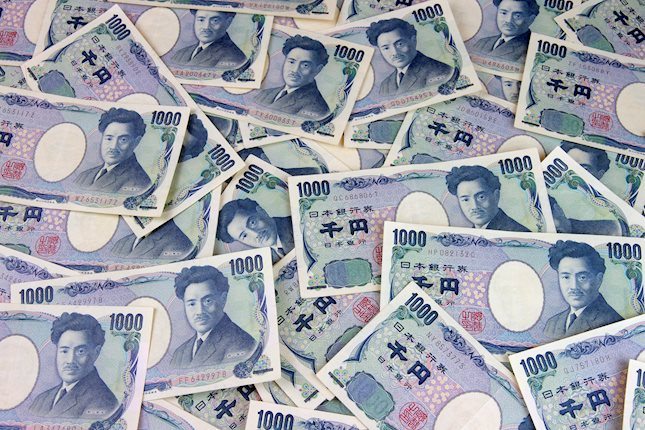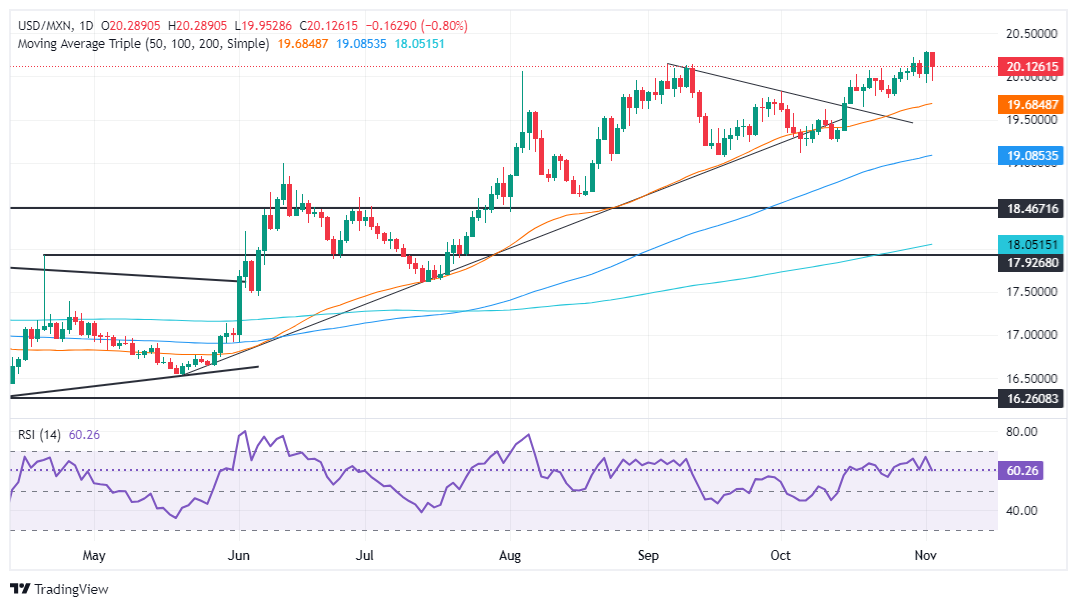- Mexican Peso strengthens despite weak domestic data; Gross Fixed Investment hits lowest level since February 2021.
- Mexican Supreme Court set to discuss judicial election proposal amid political tensions.
- Trump’s tariff threat and Fed's potential rate cut add to Peso’s volatility.
The Mexican Peso appreciates against the Greenback during the North American session, posting gains of over 0.70% amidst uncertainty in the outcome of the US presidential election. Data from Mexico showed that Gross Fixed Investment plummeted sharply, while Factory Orders in the United States (US) improved but remained in contractionary territory. The USD/MXN trades at 20.12 after hitting a daily high of 20.16.
August’s Gross Fixed Investment in Mexico plunged to its lowest level since February 2021, blamed on lower construction investment and a sharp decline in non-residential construction. In the meantime, the Instituto Nacional de Estadistica Geografia e Informatica (INEGI) is expected to announce October’s inflation data, which is expected to moderate further, according to a Reuters poll.
Aside from this, on November 5, Mexico’s Supreme Court will begin discussing a proposal by Supreme Court Judge Juan Luis González Alcántara Carranca. According to The New York Times, his proposal is simple: “Contenders for the Supreme Court and other top courts would have to stand for election. But thousands of other judges, appointed based on years of training, would remain in their jobs.”
Meanwhile, Mexican President Claudia Sheinbaum said she would wait to see how the judges vote, though she added, “I was elected by the people of Mexico, and eight ministers cannot be above the people.”
The Mexican currency would likely remain weighed down by domestic political turmoil and the result of the US presidential election. Recently, the Republican candidate, former President Donald Trump, said he would impose 25% tariffs on all imports from Mexico if the current government fails to attack the drug cartels and stop immigration from Central and South America.
US Factory Orders contracted in September for the second straight month, yet they improved compared to August’s figures.
USD/MXN traders await the Federal Reserve’s (Fed) monetary policy decision on November 6-7, in which the Fed is expected to lower borrowing costs by 25 bps. After that, Fed Chairman Jerome Powell's press conference would be scrutinized by investors looking for cues on the Fed’s policy path.
Daily digest market movers: Mexican Peso shrugs off US election woes
- The USD/MXN remains adrift from political turmoil in Mexico after the approval of the controversial judiciary reform.
- Mexico’s Gross Fixed Investment (GFI) plunged -1.9% MoM in August, down from July’s 1.8% expansion. On an annual basis, investment dropped -1.9% for the same period, slumped from 6.4%.
- On November 7, Mexico’s Inflation Rate for October is expected to rise from 4.58% YoY to 4.72% YoY. The core Inflation Rate for the same period is estimated to dip from 3.91% to 3.86%.
- The US Census Bureau announced that US Factory Orders in September shrank -0.5% more than expected at -0.4% yet improved compared to August’s -0.8% fall.
- Even though last week’s US Nonfarm Payrolls report was dismal, traders remain skeptical the Federal Reserve would cut rates by more than 25 basis points.
- The Federal Open Market Committee (FOMC) is expected to cut rates by 25 bps on November 7.
- Data from the Chicago Board of Trade, via the December fed funds rate futures contract, shows investors estimate 50 bps of Fed easing by the end of the year.
USD/MXN technical outlook: Mexican Peso climbs as USD/MXN drops below 20.20
The USD/MXN uptrend remains intact, even though sellers moved in during the day. If they want to drive price action lower, they must reclaim the 20.00 figure, which would pave the way for further downside. In that outcome, the pair’s first support would be the October 24 daily low of 19.74, ahead of the 50-day Simple Moving Average (SMA) at 19.66. Once those levels are surpassed, the next support would be the October 4 cycle low of 19.10.
Conversely, if USD/MXN resumes its uptrend, the first resistance would be the November 1 high at 20.29. A breach of the latter will expose the 20.50 figure, followed by the September 28, 2022 high at 20.57 and the August 2, 2022 peak at 20.82. Once surpassed, the next stop would be March 8, 2022 swing high at 21.46.
Mexican Peso FAQs
The Mexican Peso (MXN) is the most traded currency among its Latin American peers. Its value is broadly determined by the performance of the Mexican economy, the country’s central bank’s policy, the amount of foreign investment in the country and even the levels of remittances sent by Mexicans who live abroad, particularly in the United States. Geopolitical trends can also move MXN: for example, the process of nearshoring – or the decision by some firms to relocate manufacturing capacity and supply chains closer to their home countries – is also seen as a catalyst for the Mexican currency as the country is considered a key manufacturing hub in the American continent. Another catalyst for MXN is Oil prices as Mexico is a key exporter of the commodity.
The main objective of Mexico’s central bank, also known as Banxico, is to maintain inflation at low and stable levels (at or close to its target of 3%, the midpoint in a tolerance band of between 2% and 4%). To this end, the bank sets an appropriate level of interest rates. When inflation is too high, Banxico will attempt to tame it by raising interest rates, making it more expensive for households and businesses to borrow money, thus cooling demand and the overall economy. Higher interest rates are generally positive for the Mexican Peso (MXN) as they lead to higher yields, making the country a more attractive place for investors. On the contrary, lower interest rates tend to weaken MXN.
Macroeconomic data releases are key to assess the state of the economy and can have an impact on the Mexican Peso (MXN) valuation. A strong Mexican economy, based on high economic growth, low unemployment and high confidence is good for MXN. Not only does it attract more foreign investment but it may encourage the Bank of Mexico (Banxico) to increase interest rates, particularly if this strength comes together with elevated inflation. However, if economic data is weak, MXN is likely to depreciate.
As an emerging-market currency, the Mexican Peso (MXN) tends to strive during risk-on periods, or when investors perceive that broader market risks are low and thus are eager to engage with investments that carry a higher risk. Conversely, MXN tends to weaken at times of market turbulence or economic uncertainty as investors tend to sell higher-risk assets and flee to the more-stable safe havens.
Information on these pages contains forward-looking statements that involve risks and uncertainties. Markets and instruments profiled on this page are for informational purposes only and should not in any way come across as a recommendation to buy or sell in these assets. You should do your own thorough research before making any investment decisions. FXStreet does not in any way guarantee that this information is free from mistakes, errors, or material misstatements. It also does not guarantee that this information is of a timely nature. Investing in Open Markets involves a great deal of risk, including the loss of all or a portion of your investment, as well as emotional distress. All risks, losses and costs associated with investing, including total loss of principal, are your responsibility. The views and opinions expressed in this article are those of the authors and do not necessarily reflect the official policy or position of FXStreet nor its advertisers. The author will not be held responsible for information that is found at the end of links posted on this page.
If not otherwise explicitly mentioned in the body of the article, at the time of writing, the author has no position in any stock mentioned in this article and no business relationship with any company mentioned. The author has not received compensation for writing this article, other than from FXStreet.
FXStreet and the author do not provide personalized recommendations. The author makes no representations as to the accuracy, completeness, or suitability of this information. FXStreet and the author will not be liable for any errors, omissions or any losses, injuries or damages arising from this information and its display or use. Errors and omissions excepted.
The author and FXStreet are not registered investment advisors and nothing in this article is intended to be investment advice.
Recommended content
Editors’ Picks

AUD/USD holds higher ground near 0.6600 after strong China's Caixin Services PMI
AUD/USD holds higher ground near the 0.6600 mark early Tuesday. Strong China's Caixin Services PMI data for October underpins the Aussie amid a modest US Dollar uptick and a tepid risk tone. Traders remain reluctant ahead of the RBA policy decision and the US presidential election.

USD/JPY rises toward 152.50, despite strong Japan's PMI, cautious mood
USD/JPY has picked up fresh bids to test 152.50 in Asian trading on Tuesday, tracking the renewed US Dollar strength. The pair shrugs off strong Japanese PMI data and a cautious market mood. Traders remain wary as Americans head to polls this Tuesday.

Gold price hangs near one-week low; downside seems cushioned ahead of the US election
Gold price remains close to a one-week low set on Monday, though the downside seems limited amid safe-haven demand stemming from the US election uncertainty and talks of an Iranian retaliatory strike on Israel.

RBA widely expected to keep interest rate unchanged amid persisting price pressures
Australia’s benchmark interest rate is set to stay unchanged at 4.35% in November. The focus remains on Reserve Bank of Australia Governor Michele Bullock’s comments and updated economic forecasts. The Australian Dollar could wilt if RBA Governor Bullock ramps up bets for a December rate cut.

US presidential election outcome: What could it mean for the US Dollar? Premium
The US Dollar has regained lost momentum against its six major rivals at the beginning of the final quarter of 2024, as tensions mount ahead of the highly anticipated United States Presidential election due on November 5.

Best Forex Brokers with Low Spreads
VERIFIED Low spreads are crucial for reducing trading costs. Explore top Forex brokers offering competitive spreads and high leverage. Compare options for EUR/USD, GBP/USD, USD/JPY, and Gold.
